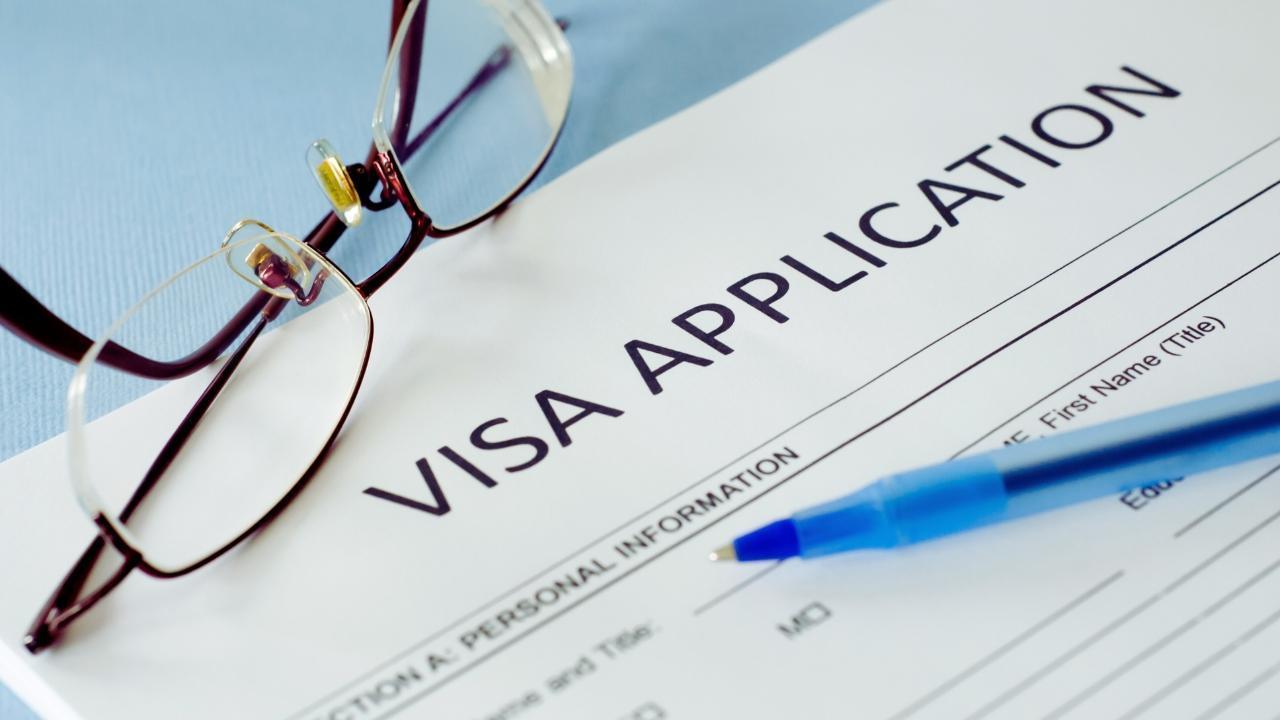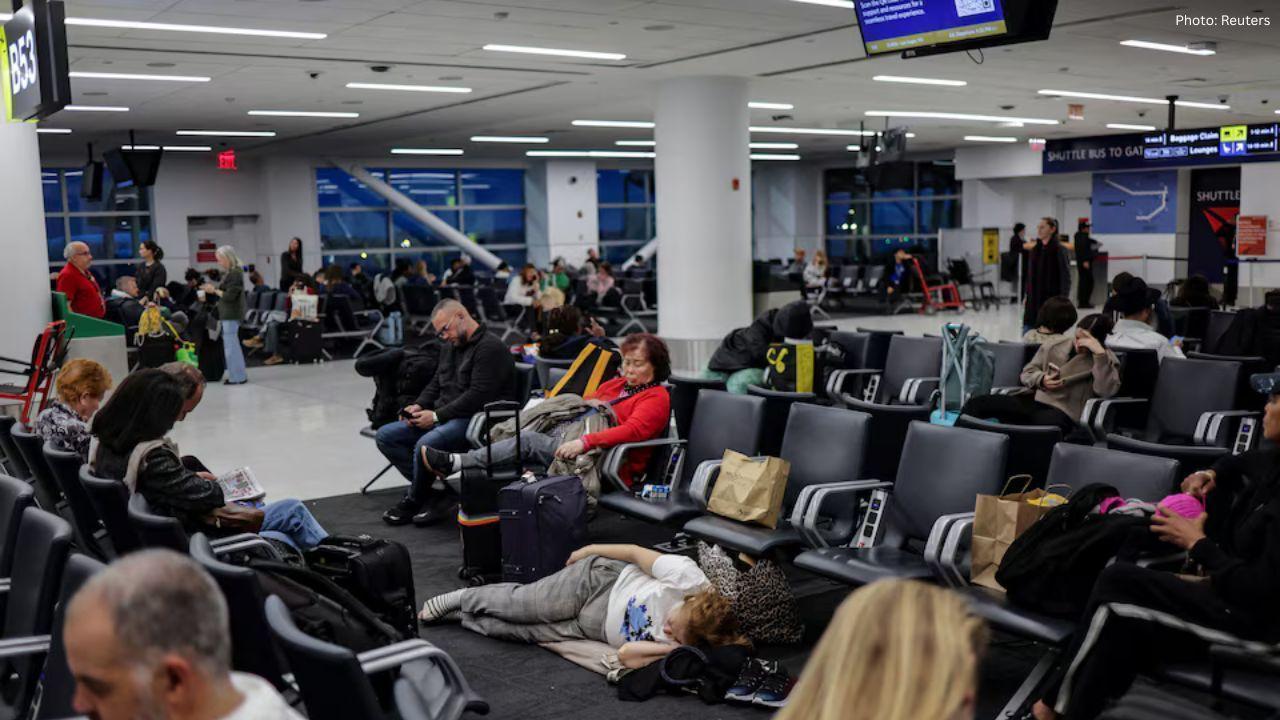You have not yet added any article to your bookmarks!

Join 10k+ people to get notified about new posts, news and tips.
Do not worry we don't spam!

Post by : Anis Farhan
In 2025, Southeast Asia is more mobile than ever. From Thai retirees vacationing in Vietnam to Indonesian students studying in Malaysia and Filipino freelancers working from cafes in Singapore, travel within ASEAN has become commonplace. This growing mobility owes much to a silent, yet transformative policy evolution: visa liberalization.
While Europe’s Schengen Zone often dominates headlines, Southeast Asia has built its own version of regional travel freedom — informal, decentralized, and still incomplete. Today, most ASEAN nationals can travel across the region visa-free or with simplified entry. But even as policy barriers drop, real-world challenges — from documentation gaps to digital infrastructure — persist.
The ASEAN Framework Agreement on Visa Exemption (2006) laid the groundwork for regional travel freedom. It allows citizens of ASEAN member states to enter other member countries without a visa for stays of up to 14 or 30 days, depending on bilateral agreements.
As of 2025:
All 10 ASEAN nations offer some level of visa-free access to each other.
Popular destinations like Thailand, Singapore, Malaysia, and Indonesia allow entry to most ASEAN citizens for up to 30 days without prior documentation.
More recent members like Myanmar and Laos are catching up with smoother processes, though occasional delays remain.
The goal is clear: make intra-regional tourism, study, and business travel seamless and spontaneous. And in many ways, it's working. ASEAN recorded over 92 million intra-regional travelers in 2024 — the highest in its history.
Visa-free entry is only the beginning. The region is now embracing technology to streamline border management.
Indonesia, Vietnam, and Malaysia have launched e-Visa systems not only for foreign tourists but also for regional travelers who need longer stays or work permits.
Thailand’s E-Arrival Card, launched in late 2024, integrates visa status, biometric verification, and health records — speeding up airport processing.
The ASEAN Integrated QR Code Payment System, though primarily designed for fintech, is also being explored for immigration and tourism facilitation — linking identity with payment and travel logs.
Singapore and Malaysia, already leaders in smart immigration, are piloting facial recognition gates for ASEAN travelers in 2025, reducing wait times dramatically for frequent regional visitors.
While tourism visas are becoming frictionless, longer stays for work, education, or digital nomadism remain more complex.
Students from Vietnam studying in Thailand still require education visas, which involve school sponsorship, income proof, and medical documentation.
Filipino domestic workers entering Malaysia often rely on agency mediation, with mixed protection and transparency.
Indonesia and Thailand now offer digital nomad visas, but eligibility, tax rules, and renewal processes are inconsistently applied to ASEAN citizens.
The challenge? ASEAN has no unified visa policy for long-term stays. Unlike the EU, ASEAN operates on bilateral agreements, resulting in a patchwork of requirements that can confuse travelers and restrict movement.
Previously seen as less accessible, CLM countries (Cambodia, Laos, Myanmar) have accelerated reforms post-pandemic.
Cambodia introduced a 90-day e-Tourist Visa in 2024, with automatic extensions for ASEAN nationals.
Laos rolled out a border e-clearance app that cuts paperwork at land crossings from Thailand and Vietnam.
Myanmar, despite political turbulence, maintains visa exemptions with ASEAN partners and is testing mobile border permits for cross-border workers in the Mekong subregion.
These moves help decentralize tourism, promoting lesser-known regions and balancing tourist flows across the ASEAN landscape.
Despite progress, several challenges still hinder true regional travel freedom:
Land borders remain bureaucratic in parts of the region, with manual stamping, inconsistent rules, and informal fees.
Language gaps, especially in visa forms or immigration signage, affect travelers from rural areas.
Digital divide in rural Myanmar, Laos, and parts of Indonesia hinders access to e-visa platforms.
Migrant workers still face scrutiny and documentation demands at checkpoints, unlike leisure travelers.
Additionally, non-ASEAN residents living in Southeast Asia — such as expats or long-term visa holders — often fall through the cracks. A Malaysian PR resident of Singapore, for example, may still need a visa to visit Vietnam, despite close proximity and shared regional status.
To achieve full regional travel mobility, ASEAN must take bold, collective steps:
Standardize visa durations across all member countries.
Create a regional “ASEAN Travel Pass”, integrating identity, visa, insurance, and payments.
Expand multi-entry visa options for students, freelancers, and circular workers.
Increase coordination between immigration and labor ministries to simplify work permit processes.
Ensure border staff are trained in rights-based, multilingual communication.
More importantly, ASEAN must promote public awareness. Many citizens — especially from non-urban areas — remain unaware of their visa-free privileges, missing out on cross-border opportunities for education, business, and culture.
Visa-free travel is more than a convenience — it’s a gateway to regional solidarity, shared prosperity, and cultural exchange. As ASEAN marks new milestones in mobility, its citizens gain not just destinations, but new identities as regional travelers.
The goal isn’t just fewer stamps on passports — it’s to build a Southeast Asia where movement is not a privilege, but a right.
This article is for editorial and informational use only. Visa rules, digital systems, and cross-border policies are subject to change. Readers should consult official immigration and embassy websites before planning any international travel.










Akshaye Khanna exits Drishyam 3; Jaideep Ahlawat steps in fast
Producer confirms Jaideep Ahlawat replaces Akshaye Khanna in Drishyam 3 after actor’s sudden exit ov

Kapil Sharma’s Kis Kisko Pyaar Karoon 2 to Re-release in January 2026
After limited screens affected its run, Kapil Sharma’s comedy film Kis Kisko Pyaar Karoon 2 will ret

Hrithik Roshan and Saba Azad Celebrate Christmas at Family Party
Hrithik Roshan and Saba Azad celebrated Christmas at Sussanne Khan’s party, sharing happy moments wi

China Sanctions 20 US Defense Firms Over Taiwan Arms Sales Dispute
China imposes sanctions on 20 US defense companies and 10 executives for supplying arms to Taiwan, e

Salman Khan’s Grand 60th Birthday Bash at Panvel Farmhouse Shines Bright
Salman Khan celebrates his 60th birthday with a grand party at Panvel farmhouse, sharing joyful mome

Thailand Defence Minister Joins Talks to End Deadly Border Clash
Thailand’s defence chief will join talks with Cambodia as border clashes stretch into a third week,